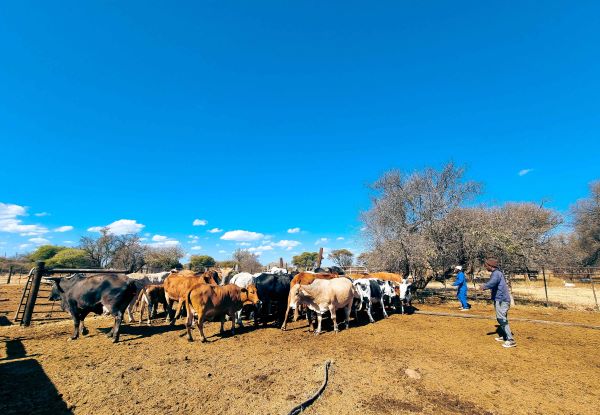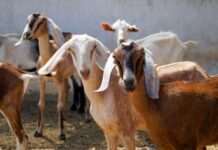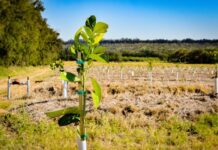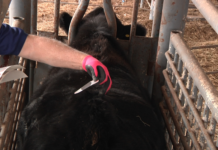In the coming months and years, changing global weather pattens will likely have significant consequences for South African farmers, especially those involved in livestock and grain production. That’s according to Paul Makube, Senior Agricultural Economic at FNB, who says that, after enjoying three years of abundant rains and favourable conditions due to La Niña, South Africa is now heading into an El Niño phase, which typically translates to drier weather and creates uncertainty for farmers with the potential to negatively impact yields going forward.
“The previous La Niña years were a boon for South African farmers, with above-average rains supporting agriculture and leading to higher yields in field crops, fruits, vegetables, and even improved grazing pastures for livestock,” Makube explains, “but the anticipated shift to El Niño conditions presents a new set of challenges for farmers who are already facing multiple other factors that are impacting their activities.”
According to Makube, these challenges include loadshedding, changing consumer patterns and declining consumer confidence due to lower levels of disposable income, and relatively elevated farming input costs. He explains that the changing weather patterns will almost certainly exacerbate these challenges and add upward pressure on costs for farmers and food prices for consumers, further fuelling concerns about food insecurity – not so much in terms of availability, but more so due to unaffordability.
“Adaptation by farmers is crucial in the face of the coming hot and dry conditions caused by El Niño,” he emphasises, “and for livestock farmers this means taking steps now to ensure an appropriate balance between feed availability and stock numbers.”
Makube highlights that, in situations where there is an imbalance in these factors, the common response of liquidating some stock should be done cautiously. He says that careful consideration needs to be given to the liquidation of female livestock, which will be needed for future expansion when conditions become more favourable. “Rebuilding a herd takes time; and lack of breeding stock can compound this challenge,” he explains, “so, long-term thinking by farmers regarding herd replenishment and farm viability, profitability, and sustainability should guide their short-term decisions about female livestock liquidation to deal with coming climate challenges.”
Makube is optimistic about the short-term fortunes of SA’s crop farmers, pointing out that the sector is likely to end the current harvesting season on a positive note, with projections of a good harvest of around 19 million tons. The extensive rains have also served to replenish groundwater reserves and soil moisture levels, which puts farmers on a positive footing going into the next planting season. But he says that these factors will not be enough to support crop farmers through an extended, or extreme El Niño period and farmers will need to quickly adapt and implement sustainable farming practices that can mitigate the impact of changing weather patterns. “Crop farmers need to urgently begin looking into investing in drought-resistant crop varieties, improving water conservation techniques, and adopting climate-smart agricultural practices and technologies like precision agriculture techniques,” Makube says, “and also ensure they have appropriate risk management tools in place to guard against potentially extreme weather events.”
And Makube is quick to point out that the imperative for farmers to quickly adapt to the changing climate patterns is not only to protect their own operations, but also to help address rising concerns about food affordability in South Africa. While South Africa produces enough staple foods for its own needs, affordability and rapidly rising food inflation are major concerns. “As weather patterns change, and farmers face challenges and rising production costs, the affordability of food becomes a significant concern for vulnerable populations with lower levels of disposable income,” he explains, “and this underscores the need for proactive measures to address food security, not just by farmers, but also by all stakeholders in the food production chain.”
Overall, though, Makube is confident about the ability of South African farmers to weather the proverbial storms they are facing due to the combination of challenges. “The country’s farmers have repeatedly proven that they have the resilience, capacity and innovative thinking to adapt to changing conditions,” he says, “and by taking proactive measures to address the challenges posed by changing weather patterns, farmers can, and will, mitigate the impacts and build a more resilient and sustainable agriculture sector for the future.”









